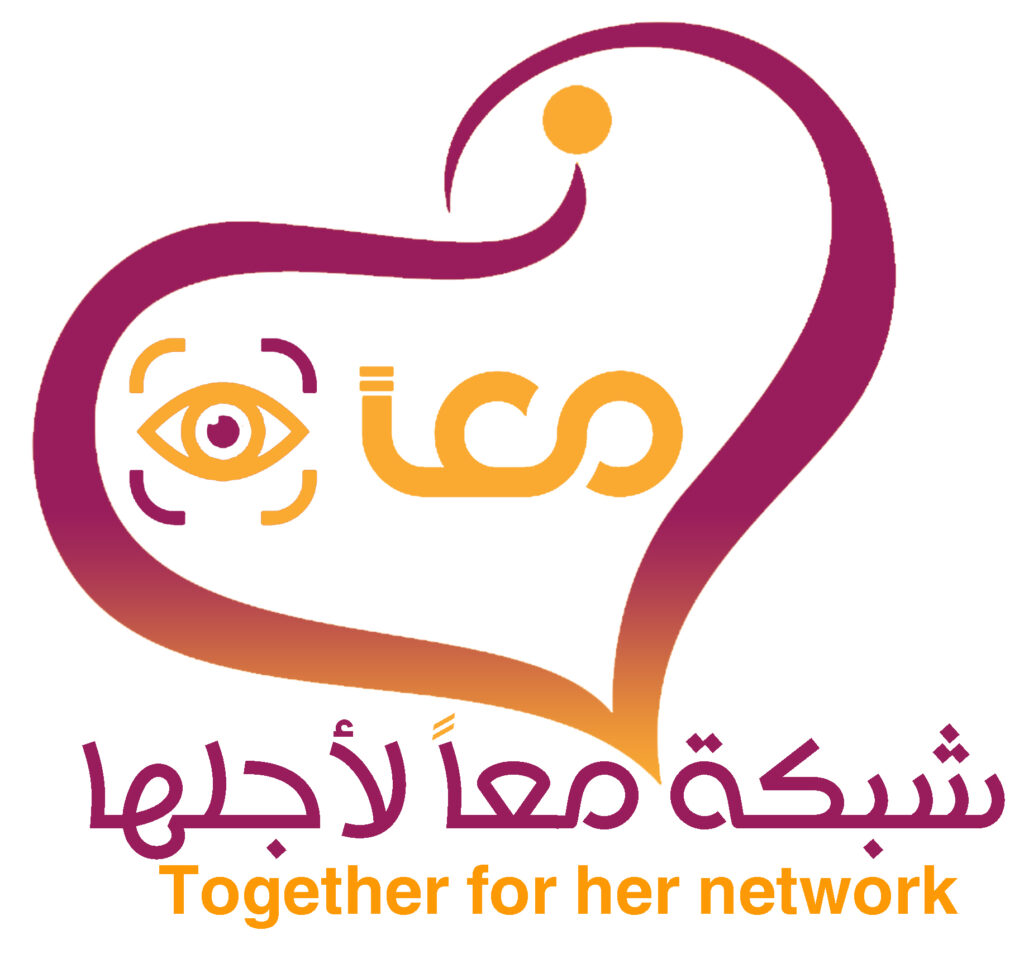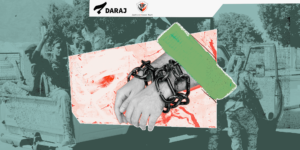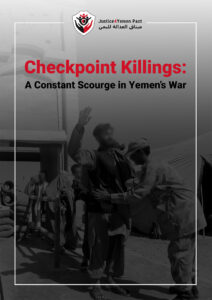Definition of Human Rights 8: Human rights are universal legal safeguards to protect individuals and groups from actions taken by governments, to protect basic freedoms and human dignity, which enables people to live in dignity as human beings and frees them from fear, and they are the minimum needs necessary to maintain human dignity, which enable a person to live in dignity.
International humanitarian law: set of international rules derived from conventions and customs, which aim in particular to settle humanitarian problems arising directly from international or non-international armed conflicts, which for humanitarian reasons restrict the right of the parties to the conflict to use methods of war, or protect persons and property that are exposed or can be exposed to the dangers of conflict.
International Human Rights Law: set of legal rules and principles are stipulated in international conventions and treaties, or derived from international custom, which secures the rights and freedoms of individuals and groups mainly against the state, these rights are considered original, non-waiverable, and binding on the state in terms of respecting and protecting them, as well as adherence to and implementation of them after their ratification.
The Human Rights includes:
- The Universal Declaration of Human Rights in 1948
- The International Covenant on Civil and Political Rights in 1966
- The International Covenant on Economic, Social and Cultural Rights in 1966
- The First Optional Protocol to the International Covenant on Civil and Political Rights
- The Second Optional Protocol to the International Covenant on Civil and Political Rights
- The Optional Protocol to the International Covenant on Economic, Social and Cultural Rights
Declaration on the Elimination of Violence against Women: Adopted by the United Nations General Assembly in its resolution 48/104 on December 20, 1993. This declaration states that violence against women is a manifestation of unequal power relations between men and women throughout history, which have led to men’s dominance over women, discrimination against them, and the prevention of women’s full advancement. This declaration highlights the different areas of violence against women such as violence in the family, violence in society, and violence committed or condoned by the state
The Declaration referred to the fact that certain categories of women were vulnerable in particular to violence, including women from minorities, indigenous women, refugees, the extremely poor, women detained in correctional facilities or prisons, girls, women with disabilities, elderly women, and women in situations of armed conflict. This declaration also lays down a series of measures that states must take to prevent and eliminate such violence, and according to it also requires states to condemn violence against women and not to invoke customs, traditions or religion in order to avoid duties to eradicate such violence.
Protocol of Preventing, Suppressing and Punishing Trafficking in Persons, Especially Women and Children, which is supplementing the Convention of United Nations to Combat Organized Crime across national borders (2000)
It was adopted by the General Assembly of the United Nations on November 15, 2000, and it supplement the United Nations Convention against Organized Crime across national borders issued in the same year. The protocol defines the acts that constitute the crime of human trafficking by adopting a broad and detailed definition, where the term human trafficking means the recruitment, transfer, harboring, or receipt of persons by means of the threat or use of force or other forms of coercion, of abduction, of fraud, of deception, of the abuse of power or of a position of vulnerability, or of the giving or receiving of sums of money or benefits to obtain consent of a person having control over another person for the purpose of exploitation. Exploitation includes, at a minimum, the exploitation of the prostitution of others or other forms of sexual exploitation, forced labor or services, slavery or practices similar to slavery, servitude or the removal of organs… The protocol calls on states to protect and assist victims of human trafficking and ensure respect for all their human rights; It also calls on for strengthening cooperation between the state parties to achieve those goals.
International resolution: it is a legal act that expresses the position of an international organization, or one of its branches, and it has a binding charter by virtue of the charter for the persons and bodies addressed by its provisions, and it also entails international responsibility on them in the event of its violation.
The most important international resolutions are those issued by the UN Security Council under Chapters VI and VII of the Charter of the United Nations, bearing in mind that Chapter VI discusses the proper resolution of disputes and Chapter VII discusses actions taken in cases of threat to peace and breach of it, as well as in cases of aggression. Security Council resolutions issued under Chapter VII are enforceable by using military force to enforce respect for any resolution issued under this Chapter. As for the decisions issued by the United Nations General Assembly and the International Court of Justice, they are not of a binding nature, in contrast to the resolutions of the UN Security Council, due to the absence of the executive power to put these resolutions into forced implementation.
Discrimination against women: according to Article 1 of the convention on the Elimination of All Forms of Discrimination against Women, the term discrimination against women means: (any distinction, exclusion or restriction made on the basis of sex and the effect or purpose of which are weakening or frustration the recognition of women’s human rights and fundamental freedoms in the political, economic, social, cultural and civil fields or in any other field, or weaken or frustrate her enjoyment or exercise of these rights, regardless of her marital status on the basis of equality between men and women).
Violence against women: the declaration on the elimination of violence against women issued in 1993 defines violence against women as “any act of violence motivated by the nervousness of sex that results in, or is likely to result in, harm or suffering to women, whether sexually or psychologically, including the threat of such acts, coercion or arbitrary deprivation of liberty, whether it occurs in public or private life. 9Although the Convention on the Elimination of All Forms of Discrimination against Women does not contain a direct reference to violence against women, according to the Committee on the Elimination of Discrimination against Women, the definition of discrimination against women according to Article 1 of the Convention includes gender-based violence – that is, violence directed against women because they are women or violence that disproportionately affects women10
Gender: The United Nations Development Fund for Women defines gender as “the socially defined roles for both male and female, and these roles that are acquired by education change over time and vary widely within one culture and from one culture to another ». Gender means the way society views us as women and men, and the way it expects us to think/behave, this is due to the way society is organized, not to biological (sexual) differences between men and women. In turn, the world health organization defines gender as “the socially defined roles, behaviors, activities and personal characteristics that a given society considers appropriate for both men and women”. For the committee of the elimination of discrimination against women, the term “sex” refers to the biological differences between men and women, as for the term “gender”, it refers to what society forms of identity, characteristics and roles for women and men, and to the social and cultural interpretation of those biological differences, which results in hierarchical relations between women and men and a distribution of power and rights that favors men and disadvantages women, this social determination of the status of women and men is influenced by political, economic, cultural, social, religious, ideological and environmental factors, and can be altered by culture, society or local community. 11
Gender-Based Violence: violence directed against a person because of his socially defined role, which constitutes a violation of the basic right to life, liberty, security, dignity, equality between women and men, non-discrimination, and physical and mental integrity. It is “any harmful act that targets individuals or groups of individuals on the basis of their gender… and can include gender-based violence, sexual violence, domestic violence, human trafficking, forced/early marriage, and harmful traditional practices. For the Committee of the Elimination of Discrimination against Women, violence that basis of gender (referred to as gender-based violence) is: “Violence directed against a woman because she is a woman or violence that disproportionately affects women. It includes acts that cause physical harm or mental pain or sexual violence, threats of such acts, coercion and other forms of deprivation of liberty. Gender-based violence may breach specific provisions of the convention regardless of whether those provisions expressly mention violence or not. Gender-based violence that whoever impairs women’s enjoyment of human rights and fundamental freedoms under general international law or under specific human rights conventions, or nullifies their enjoyment of those rights and freedoms, is considered discrimination within the meaning of Article 1 of the Convention.12
Sexual violence: is a form of gender-based violence and includes “any sexual act, attempted sex, unwanted sexual comments or offers, acts aimed at sexual trafficking, or targeting people because of their sexual orientation by coercion, made by any person regardless of his relationship with the victim, and whatever the context. 13
Sexual violence takes many forms and includes rape, sexual abuse, forced pregnancy, sexual slavery, sexual harassment, and sexual exploitation.
Armed conflict: pursuant to the interpretation of the two Additional Protocols to the Geneva Conventions (1977), it is war or armed conflict that transcends borders or within the borders of one state, in which regular armies confront armed groups, or armed groups among themselves. An armed group means every armed organization that has control over a specific geographical territory and enjoys a command and leadership structure.
Sexual violence in conflict: refers to rape, sexual slavery, forced prostitution, forced pregnancy, enforced sterilization, and other forms of no less serious sexual violence committed against women, men, girls, or boys, and is related (temporal, geographic, or causal) directly or indirectly to the conflict. This link can be seen from the characteristics of the perpetrator or the characteristics of the victim; or in cases of impunity or state collapse; or in transnational dimensions; or in actions that violate the terms of a cease-fire agreement. 14
Protection: It can be defined as every measure aimed at securing respect for the rights of their owners and preventing any infringement on them. Protection may be direct or material, such as having a shelter for victims of violence, or it may be legal, like the existence of laws that establish certain rights and include punitive measures if they are not respected.
Prevention: It is the measures taken either to prevent the occurrence of a specific violation, such as securing lighting and guarding water resources and the roads leading to them in refugee camps in order to prevent attacks on women; or to immunize a situation against risks, such as enacting legislation that protects women from specific risks such as domestic violence or sexual assault, which helps in raising awareness and gender mainstreaming.
Participation (in decision-making): It is a form of recognition of equal rights between people and between women and men. It contributes to the exclusion of conflict, replacing it with the idea of cooperation, and establishing their ability to lead and take responsibility in managing their affairs and controlling their destinies.
Relief and Recovery: Relief is aid and work aimed at saving lives, alleviating suffering, and protecting human dignity during emergencies such as armed conflicts. As for resuscitation or recovery, it is the process of restoring the situation to what it was before the occurrence of a specific crisis or disaster.
Protection and accountability mechanisms: They are legal-judicial frameworks such as international courts, or special committees of human rights conventions and what emanating from them, such as the Special Committee of the Convention on the Elimination of All Forms of Discrimination against Women.
- The definition is from the training materials included in the publications of the Arab Institute for Human Rights on the Institute’s website http://www.aihr-iadh.org/ar
- Article 1, Declaration on the Elimination of Violence against Women, adopted by the General Assembly of the United Nations in its resolution 48/104 on 20 December 1993
- Committee of the Elimination of Discrimination against Women: “General Recommendation 19 – Violence against Women,” Paragraph 6
- Committee of the Elimination of Discrimination against Women: “General Recommendation 28 on the Core Obligations of States Parties under Article 2 of the Convention on the Elimination of All Forms of Discrimination against Women 2010,” Paragraph 5
- Committee of the Elimination of Discrimination against Women: “General Recommendation 19 – Violence against Women 1992,” Paragraphs 6 and 7
- The definition is used in the reports of the Secretary-General of the United Nations following Resolution 1960 (in 2010) about the parties to armed conflicts that there are reasonable reasons to suspect that they have committed, or are responsible for, rape or other forms of sexual violence, or responsible for these actions, for example, “Sexual Violence in Conflict: Report of the Secretary-General 67/A/792-2013/S/149, 14 March 2013, Paragraph 5
- Report of the Secretary-General: Conflicts related to sexual violence 2015/S/203, 23 March, Paragraph 2




